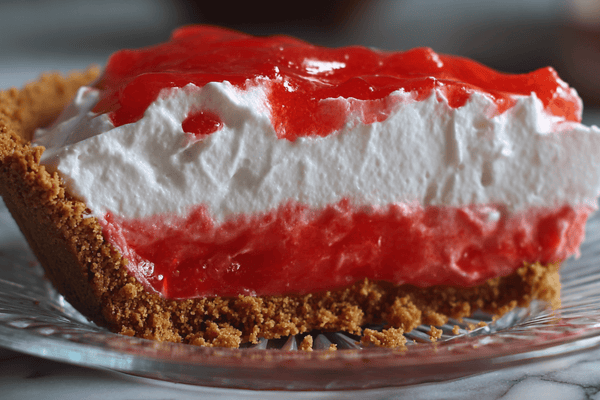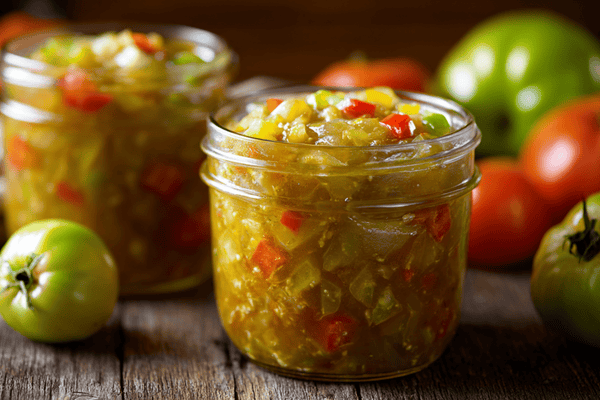
You’ve got a brand new set of knives and are ready to start preparing your first meal but wait...there’s one more important accessory you’ll need for your kitchen. The cutting board!
A lot of people are under the impression that a chopping board is only there to protect their kitchen countertops. While it does serve this purpose, it also protects your knives. If the delicate edge of the blade presses up against anything that is too hard, it will become damaged. So, before you start cutting, make sure you’ve got a good quality chopping board. But which is the best kind of cutting board?
Table of contents
Chopping Board vs Butcher Block
One of the first things you will likely be wondering when it comes to choosing a cutting board is whether this is the same thing as a butcher block or chopping block. It would seem that a lot of pieces of kitchen equipment have names that are used interchangeably, but there is some differentiation between them.Let’s start with the butcher block. This type of cutting surface was invented in China but over hundreds of years, the concept has spread across the world. The idea of the chopping block was that the chef would have a much more stable base for butchering and filleting.
All those years ago, people had to be a little more creative with what they would use for a chopping block and even things like woodcut straight from a tree was passable, as long as it gave that all-important stable surface. But as time has moved on, manufacturers are purposefully making a plethora of different chopping blocks that range from a whole kitchen island to a small wooden board.
Where a regular chopping board like those that you find in most kitchens will suffice when working with foods like fruits and vegetables, butchering and chopping meat requires something entirely different. That is where the butcher block comes in. Cutting meat is a diverse task that involves many different types of cuts from boning to filleting and everything in between. Your chopping block must not only be stable but about to withstand the intense work that will be done on it.
For this reason, the butchers chopping board is usually much thicker than a standard cutting board, starting at around an inch. They will usually have rubber feet to prevent sliding and will be much weightier than their cutting counterparts.
A high quality chopping board is a much thinner and less specialized piece of equipment that doesn’t need as much stability or weight.
Can I Use My Cutting Board As a Chopping Block?
Whether or not you can use your cutting board as a chopping block will depend on its thickness, weight and durability. If you have a thin, cheap cutting board made from plastic, we wouldn’t recommend using it for boning and quartering as there’s a risk it will slip and you’ll end up with an injury.Not only this but these cutting boards aren’t designed to stand the pressure and force of butchering tasks and while you may not notice damage over the short term, you will over time. If you keep cutting meats on these boards, they will begin to crack and weaken.
Chopping Board Materials
Now, if you don’t plan on slicing and dicing a fine piece of meat, you may find that a standard cutting board is all you need but you still have options here. One of the main things to think about when choosing a suitable surface is the cutting board material. They tend to come in different types; wood, glass, plastic, bamboo and even rubber. But which is best and why? Let’s explore...Wood

Wood is one of the most popular materials for cutting boards but it does come in varying degrees of quality. There are a lot of cheap wooden cutting boards out there that will quickly warp and split meaning you only have to buy another soon after the first. In essence, if you are going to go for a wood cutting board, it is always best to think of it as an investment.
Wood is an incredibly durable material and if you want the best wooden cutting board, you should be looking end grain boards which are made of hardwood like teak, maple and walnut, among others. Most wood boards are much more easily able to withstand the impact of the knife and therefore have better longevity.
Plastic

One of the best things about choosing plastic cutting boards is how lightweight they are. This makes it super easy to move plastic boards around the kitchen and the smooth surface makes transferring food from the board to other places so much simpler.
What’s more, plastic boards are also thought to be the most hygienic chopping board as there is a much lower risk of contamination. This is why you will usually see plastic boards being used in a commercial setting. They are very easy to clean and can withstand going in the dishwasher so many people see them as being far more convenient.
On the other hand, a plastic board is much softer than its wooden counterpart and this means that the surface will scuff and scratch far more easily, especially when you consider the exposure to the knife blade. In addition to this, the knife blade may become more quickly damaged as the plastic does not absorb the shock quite as easily.
It is worth keeping in mind that a plastic cutting board won’t be as stable as a wooden one so it should be reserved for more lightweight cutting tasks like fruits and soft veggies.
Bamboo

If you like the idea of a wooden chopping board but also want a sustainable product then bamboo might be the right choice for you. These cutting boards are made from a plant that is fast-growing and biodegradable and so in a time where sustainability is more important than ever, they have really grown in popularity.
The great thing about bamboo is that it combines the lightweight nature of the plastic cutting board with the robustness of the wooden board. However, since there is no grain for the knife to move through as it cuts, using a bamboo board will lead to premature dulling of the blades.
In terms of hygiene, the lack of grain means that bamboo cutting boards don’t pose a risk of cross-contamination. Well, at least not as much as wood and provided that they are cleaned correctly, of course. You will also need to keep in mind that these boards must be regularly oiled.
Final Thoughts
Whether you need a heavy butcher's block chopping board or a convenient plastic cutting board, your options in the kitchen are varied. It is important to think about how you will be using a chopping board as this will give you a better idea of what type would work well for you.
The ultimate chopping board is really the one that is best suited to the environment and the task at hand. Solid, wooden boards lend themselves well to butchery and filleting of raw meat with a sharp knife, whereas bamboo boards might be the better choice for those seeking a sustainable and hygienic product.
We hope that the information we have outlined in this article will help you to choose a good cutting board and the perfect cutting board or multiple boards for you.


